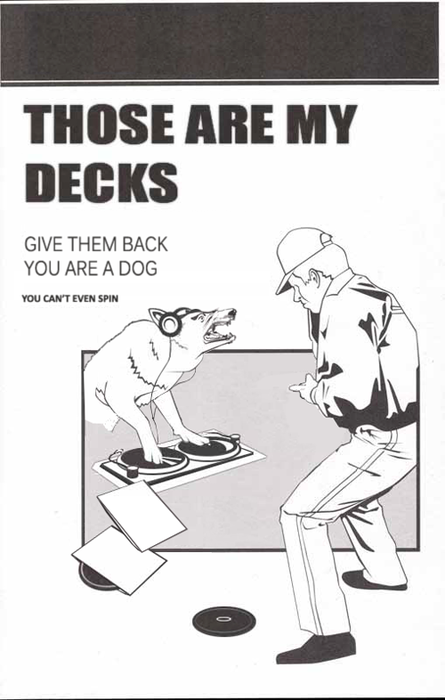effort: 4/5, feeling: good distance: 1000 m, duration: 00:30, calories: 271
Golly, it’s getting hot. I’m going to need to get to the pool before 10 to avoid being _blinded_ and _burninated_.
Obviously scared those boys last week – they didn’t show.
Considering stroke correction, because I hate doing things incorrectly.

